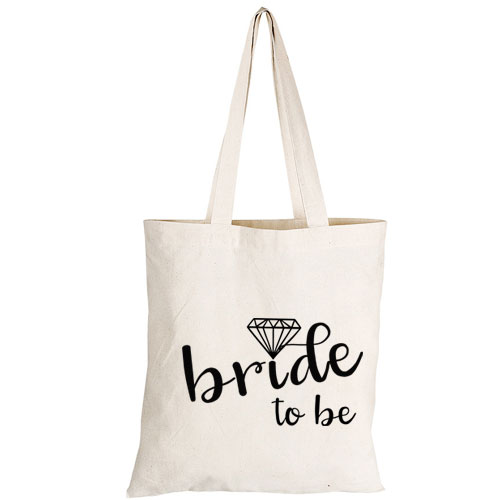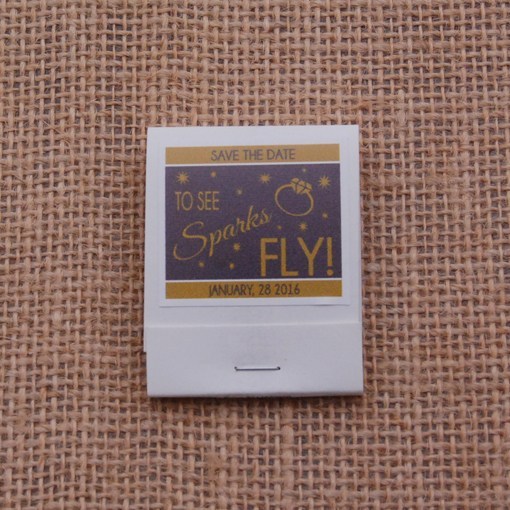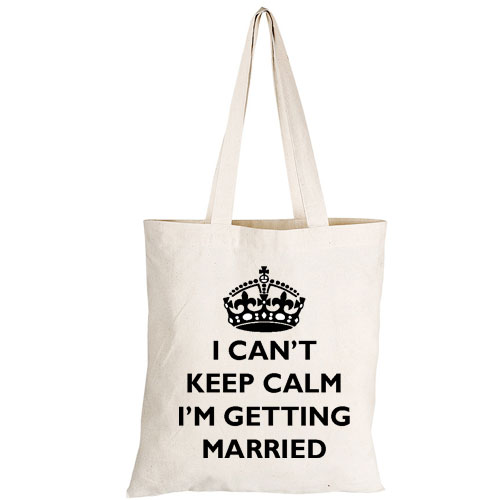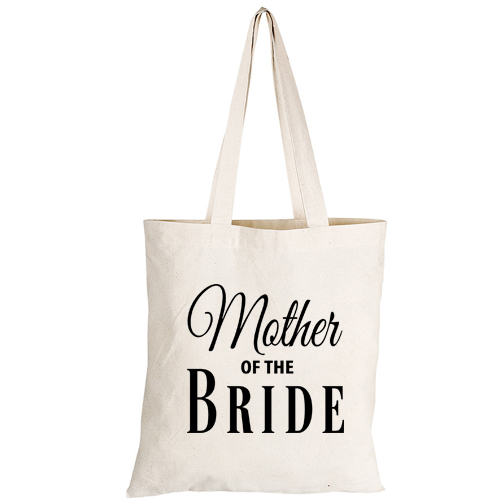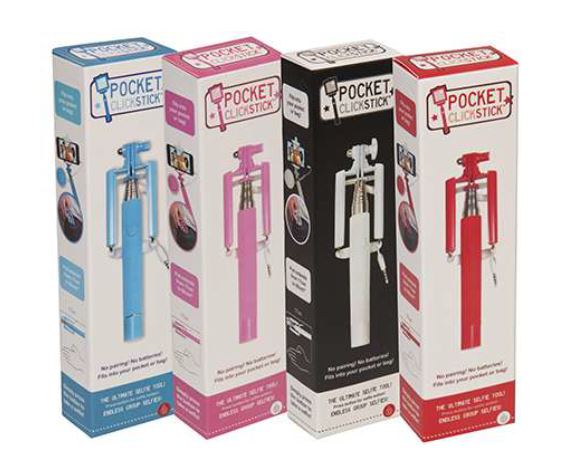Pairing Your Wedding Food With The Perfect Wine
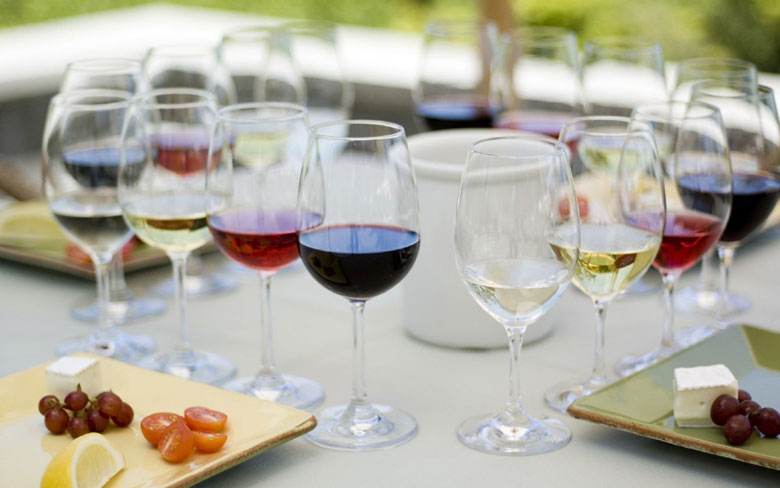
Pairing food with wine is not quite as simple as red wine with red meat and white wine with fish and chicken anymore. Today, there are so many complex flavours and weights of wine, each of which arouses different taste buds and preferences. In addition, the variety of wines is available to an even larger area, so that almost the whole world now has access to tasty, quality vintages to suit every palate and plate. While this may seem to make the job of choosing a wine even tougher than before, it actually allows a far greater flexibility and room for experimentation.
Brides- and grooms-to-be are advised to visit a wine farm (or several farms) and conduct a wine tour and tasting. This will ensure that you have the right kind of information to begin making a decision and that you are exposed to various flavours before settling on one simply because it is all you know. Ask the owner or guide about what they would suggest for your particular menu and consider their educated opinion.
Wines are often rated according to their ‘weight’, which refers to their alcohol levels:
- Light whites (Pinot Blanc, Riesling, Sauvignon Blanc, Champagne / sparkling wine)
- Medium to heavy whites (Oaked Sauvignon Blanc, White Bordeaux (Semillon), White Burgundy, Chardonnay)
- Light reds (Beaujolais, some Pinot Noir, Cabernet / Merlot blend, Cabernet / Shiraz blend)
- Medium reds (Chianti, Cabernet Franc, Merlot, Zinfandel, some Pinot Noir)
- Heavier reds (Cabernet Sauvignon, Port, Bordeaux, Cabernet Sauvignon / Merlot blend)
The weight of the wine has no bearing on its quality. Light wines are not watery and are not of an inferior quality to medium or heavy wines.
Neither the wine nor the food should overpower the other. They should complement one another, enhancing the taste of the other. This has been compared to a conversation, where both parties listen and then speak, creating a cohesive dialogue. Although it is all about pairing a delicious wine with an equally tasty dish, there are some guidelines that can be followed:
- Lighter wines are usually served before the heavier-bodied ones and dry wines before sweet ones (unless there is a sweet course before a savoury one).
- Light wines usually go with lighter or more delicately-flavoured food and heavier wines with more substantial dishes with complex flavours.
- Think about the basic elements of both the food and the wine logically and try to match them. For instance, lemon tastes great on fish. Therefore, a fish course will be great with a zesty white wine.
- For a total contrast, pair spicy Indian dishes with a sweet dessert wine to balance the spiciness. This does not work for all combinations, though.
- Very strong, smelly cheeses tend to go better with sweet wines, mild to sharp cheeses with dry reds, goats cheeses with dry whites and mild cheeses with fruity reds.
As these ‘rules’ indicate, both the principles of “opposites attract” and “like and like” apply. The safest course of action is to be informed and then make a decision based on what you and your partner enjoy. Do not become stressed out about weights, tannins, regions and so on. Rather, be assured that pairing a good wine with a good dish is almost always a winning combination.
Consider having a sit down chat with your caterer or the chef who will be preparing the food at your wedding venue and get suggestions from them.
Photo Credit: parade.condenast.com
